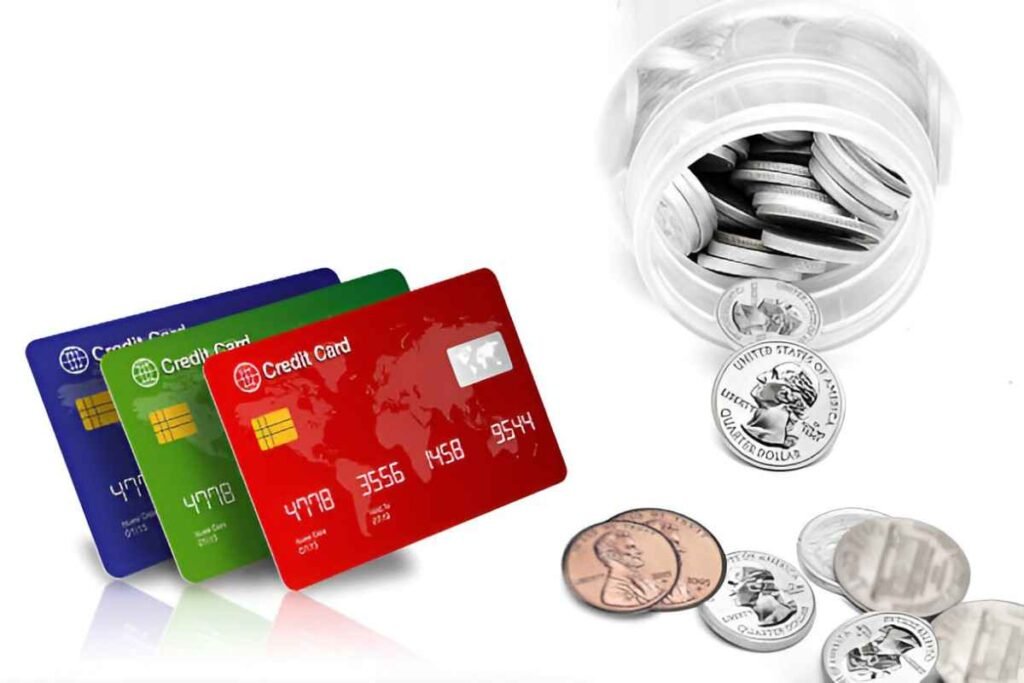Having bad credit can make it hard to get approved for a credit card. But there are options available that can help you rebuild your credit history. In this guide, I will explain how to choose the right credit card when you have bad credit, what features to look for, and how to use your card responsibly to improve your financial situation.
Table of Contents
What Is Bad Credit?
Credit scores range from 300 to 850, and a score below 580 is considered bad credit. Lenders view a low score as a sign of financial risk. Common reasons for bad credit include missed payments, high debt, or bankruptcy. If you have bad credit, getting approved for traditional credit cards can be difficult.
Understanding Credit Score Ranges
| Credit Score Range | Category |
|---|---|
| 300 – 579 | Poor (Bad) |
| 580 – 669 | Fair |
| 670 – 739 | Good |
| 740 – 799 | Very Good |
| 800 – 850 | Excellent |
Types of Credit Cards for Bad Credit
There are two main types of credit cards available for individuals with bad credit: secured and unsecured cards. Each has its own advantages and considerations.
Secured Credit Cards
Secured credit cards require a security deposit, which serves as collateral. The deposit usually determines your credit limit. If you fail to make payments, the issuer can use the deposit to cover your balance. These cards are a good way to rebuild credit since they report activity to credit bureaus.
Example Calculation:
If you provide a $500 deposit, your credit limit will be $500. If you spend $100 and pay it off on time, it shows responsible credit use and can help improve your score.
Pros:
- Easier approval process
- Helps rebuild credit with responsible use
- Deposit is refundable if you close the account in good standing
Cons:
- Requires upfront cash deposit
- Some cards have high fees
Unsecured Credit Cards
Unsecured credit cards do not require a security deposit. However, they often come with higher interest rates and lower credit limits for individuals with bad credit. Some issuers may charge application or maintenance fees.
Pros:
- No need for a deposit
- Can provide an emergency credit line
Cons:
- Higher interest rates
- Lower credit limits
- Potential for high fees
How to Choose a Credit Card for Bad Credit
When selecting a credit card, it’s important to consider several factors to find the right fit for your needs.
Key Factors to Consider
| Factor | Why It Matters |
|---|---|
| Annual Fees | Lower fees mean less cost |
| APR (Interest Rate) | High APR can increase debt |
| Credit Reporting | Reports to bureaus help rebuild credit |
| Credit Limit | Determines your spending ability |
| Additional Fees | Some cards charge hidden fees |
If you’re applying for a secured card, look for one that offers a path to an unsecured option over time. For unsecured cards, focus on those with minimal fees and reasonable credit limits.
Best Credit Cards for Bad Credit
Here are some credit cards that are commonly recommended for individuals with bad credit. Each offers different benefits, so it’s important to compare them based on your financial goals.
| Card Name | Type | Deposit Required | APR | Annual Fee |
|---|---|---|---|---|
| Discover it Secured | Secured | Yes ($200 min) | 25.99% | $0 |
| OpenSky Secured | Secured | Yes ($200 min) | 22.14% | $35 |
| Capital One Platinum | Unsecured | No | 29.99% | $39 |
| Credit One Bank Visa | Unsecured | No | 28.74% | $75 first year, $99 thereafter |
Steps to Improve Credit with a Credit Card
Once you have a credit card, responsible use is key to improving your credit score. Follow these steps to maximize your credit-building potential.
- Make On-Time Payments – Paying your credit card bill by the due date is the most important factor in your credit score.
- Keep Balances Low – Try to use less than 30% of your available credit limit to avoid negative impacts on your score.
- Avoid New Debt – Don’t take on more credit than you can handle.
- Monitor Your Credit Report – Check your credit report regularly to ensure accuracy and track progress.
- Upgrade to Better Cards – As your credit improves, consider switching to a card with better terms and rewards.
Common Mistakes to Avoid
Many people make mistakes when trying to rebuild credit. Avoid these pitfalls to stay on track.
- Late Payments: Missing even one payment can hurt your score significantly.
- Maxing Out Your Card: Using all of your available credit can negatively impact your credit utilization ratio.
- Ignoring Fees: Some credit cards have hidden fees that can add up quickly.
- Applying for Too Many Cards: Each credit application results in a hard inquiry, which can lower your score.
Conclusion
Getting a credit card with bad credit may seem challenging, but it is possible with careful planning. Whether you choose a secured or unsecured option, the key to success is using your card responsibly. By making on-time payments and keeping your balance low, you can improve your credit score over time and qualify for better financial opportunities.





